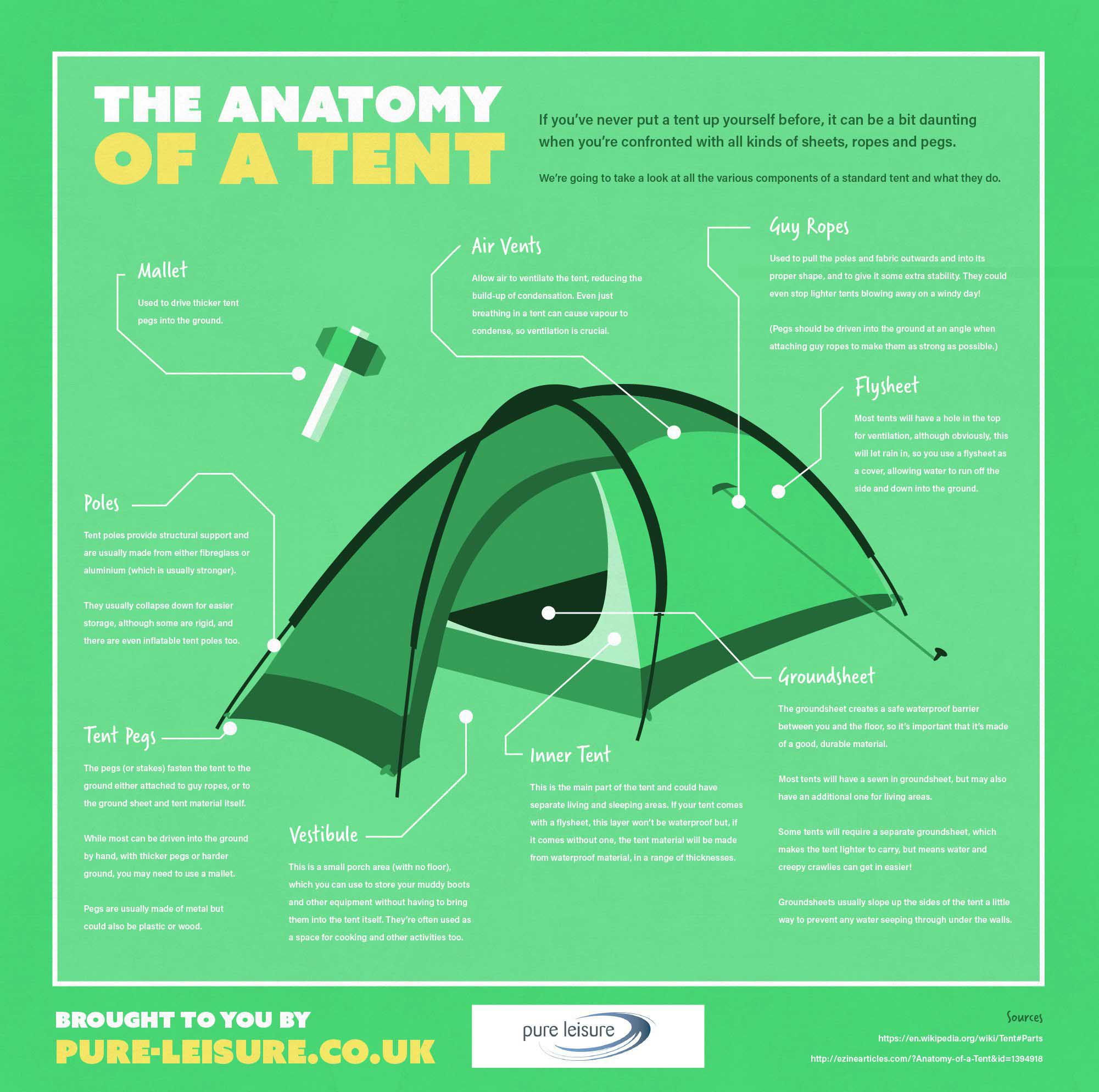Polyester textile discovers a varied series of applications across the garment industry. Whether you're an artist trying to find a secure painting surface area or a supplier seeking solid ornamental materials, polyester canvas uses the right balance of toughness, flexibility and environmentally friendly high qualities.
Nonetheless, some individuals prefer cotton for its breathability and softness. Garment decorators may intend to consider a 50/50 Cotton/Polyester blend for tasks that call for both resilience and convenience.
Expense
Cotton canvas is extra pricey than polyester as a result of its resource-intensive farming procedure. It additionally calls for mindful handling and storage to preserve its high quality with time. These included costs can increase the general cost of manufacturing for artists and manufacturers.
An additional downside to cotton canvas is its sensitivity to fading and damages from UV exposure. This can result in reduced shade vibrancy in time and a loss of structural stability, particularly in locations that experience constant call or hefty load-bearing.
In comparison, polyester is a synthetic fiber that's engineered for consistency and sturdiness. This makes it an extra cost-efficient selection for suppliers and purchasers, specifically in locations where longevity is a leading concern. The product's stamina likewise provides improved resistance to creases and splitting gradually. The artificial nature of polyester, however, can leave a bigger ecological footprint than cotton canvas if it's not sourced from natural or low-impact systems. This is an important factor to consider for companies striving for sustainability and eco-conscious branding.
Toughness
Out there for canvas rolls, purchasers face a variety of choices with completing concerns. Cotton offers all-natural structure and breathability, perfect for brand names focused on sustainability and craftsmen craftsmanship. Polyester, on the other hand, supplies a balanced combination of stamina and stability and printing efficiency with color vibrancy and longevity.
Ultimately, the textile compass you select for your products have to show the guiding principles of your brand name story and worths. While cotton can supply a premium visual, it's also vulnerable to shrinkage and upkeep expenses, while polyester enables far better manufacturing efficiency and lasting cost performance.
Both materials are durable and perform well in wet environments, however their different top qualities make them ideal for various applications. Cotton canvas is more breathable, decreasing the threat of mold and mildew and mildew in areas with high humidity. Polyester, on the other hand, is water-resistant and dries swiftly in settings where dampness can be bothersome. This can lower the threat of dampness accumulation in the fabric, avoiding bending or rot in your item gradually.
Convenience
When assessing fabric options for your brand-- whether you're beginning a workwear line or a comfy loungewear brand name-- the sort of cotton or polyester canvas you pick impacts just how your items look, feel, and wear. While all canvas types support print-on-demand and use high shape security, they differ in shade presentation and printing resilience, comfort, and sustainability.
Cotton and cotton-polyester blends provide a soft texture, natural organic appearance, and premium warmth equilibrium contrasted to synthetic alternatives. Cotton's fibers wick moisture away from the skin and permit warm to escape, making it ideal for apparel that calls for extended wear in warm environments.
On the other hand, polyester's artificial nature and petroleum-based production procedure have an unfavorable energy equilibrium, which can make it much less environmentally friendly than cotton over time. Polyester's abrasion resistance and water-repellency are superb, nonetheless, which makes it the suitable option for hefty tons or severe weather conditions like rainstorms or marine setups.
Ecological Impact
Whether picking cotton or polyester, the suitable material for personalized manufacturing depends on item efficiency goals. Stamina, resilience, and long life are all important variables when creating products that will certainly withstand repetitive abrasion, hefty load-bearing, or high anxiety factors. Water resistance, seam honesty, and UV stability are also essential to long-lasting success in outdoor and moist environments.
While both textiles can do well in these locations, their environmental impact is somewhat various. Cotton's natural, breathable building and construction requires dramatically much more sources for cultivation than polyester's artificial fibers.
When choosing an ecologically sustainable material, take into consideration a wide variety of effect analysis methods to assess the complete environmental impact of your item. Some focus on certain influences (like worldwide warming possibility, water usage, and shortage) while others rely upon more all natural analyses like ReCiPe, ILCD, CML, and Eco-indicator 99.
